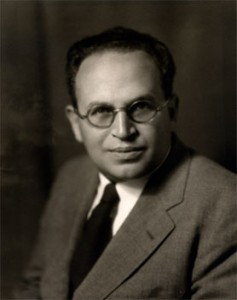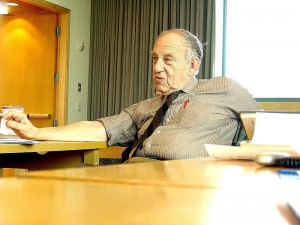“Each arena, it seems, has a corps of leaders of its own.”
And we might be those leaders, say Elihu Katz and Paul Lazarsfeld in their 1955 book “Personal Influence: The Part Played by People in the Flow of Mass Communications.”
I took a PhD class called Media and Politics in America. I like both topics, and also liked that one of the assigned readings dipped into another fave topic: interpersonal relationships. We read the Katz and Lazarsfeld study, which is famous among scholars who study politics and media. It focuses on interpersonal relationships and the potential influence those relationships have on fashion, public affairs, movie attendance, and the purchasing of household products.
Their research showed most people aren’t directly impacted by messages like advertisements. Instead, they’re influenced by a two-step process in which people thought to be leaders with valid opinions and judgement receive messages from the media. They in turn analyze and share with others in their personal networks.
The 1955 study emerged from Lazarfeld’s 1940 work that found the mass media had a small effect on how people voted. That’s contrary to what some folks might think even today: the media have power over masses.
“Ideas, often, seem to flow from radio and print to opinion leaders and from them to the less active sections of the population.” (p. 32). Friends, family members, and colleagues play a larger role in a person’s decision-making.
The two-step flow concept also revealed that rather than starting from above and flowing downward, influence appeared to move between people. Each social group has its own opinion leaders. The opinion leaders would consume the newspapers, magazines, and radio broadcasts, add their opinions, and then disseminate what they learned to their circle of friends and acquaintances. Thus the researchers unexpectedly found the effect of media was influenced by interpersonal communication.
The study also clearly indicated the number of opinion leaders increased with the level of gregariousness aka being social. Opinion leaders are found to exercise their particular influence through their social ties. The more people someone knows, the more people someone can influence.
The question now is why we should care about a study from the 1950s.
I totally see the Katz and Lazarsfeld study applied to Facebook. After taking a bunch of seminars geared toward using Facebook’s charms as a marketing tool, I see the power of certain friends on Facebook, followers on Twitter, and connections on Linkedin.
People with enough savvy and charisma can attempt to appoint themselves as opinion leaders and oversee a mass audience.
Reference:
Katz, E. & Lazarsfeld, P.F. (1955). Personal influence: The part played by people in the flow of mass communications. Glencoe: Free Press.


